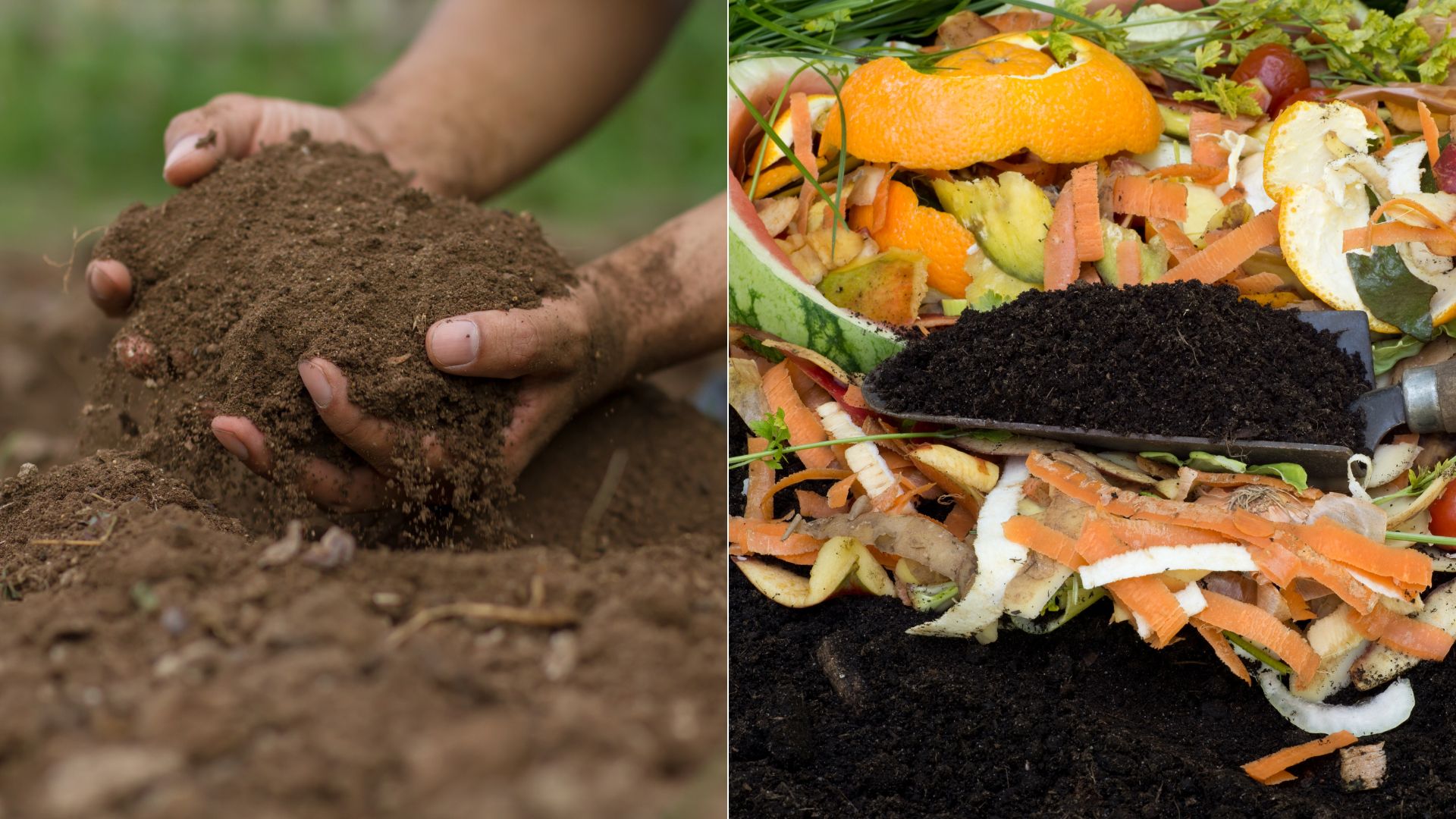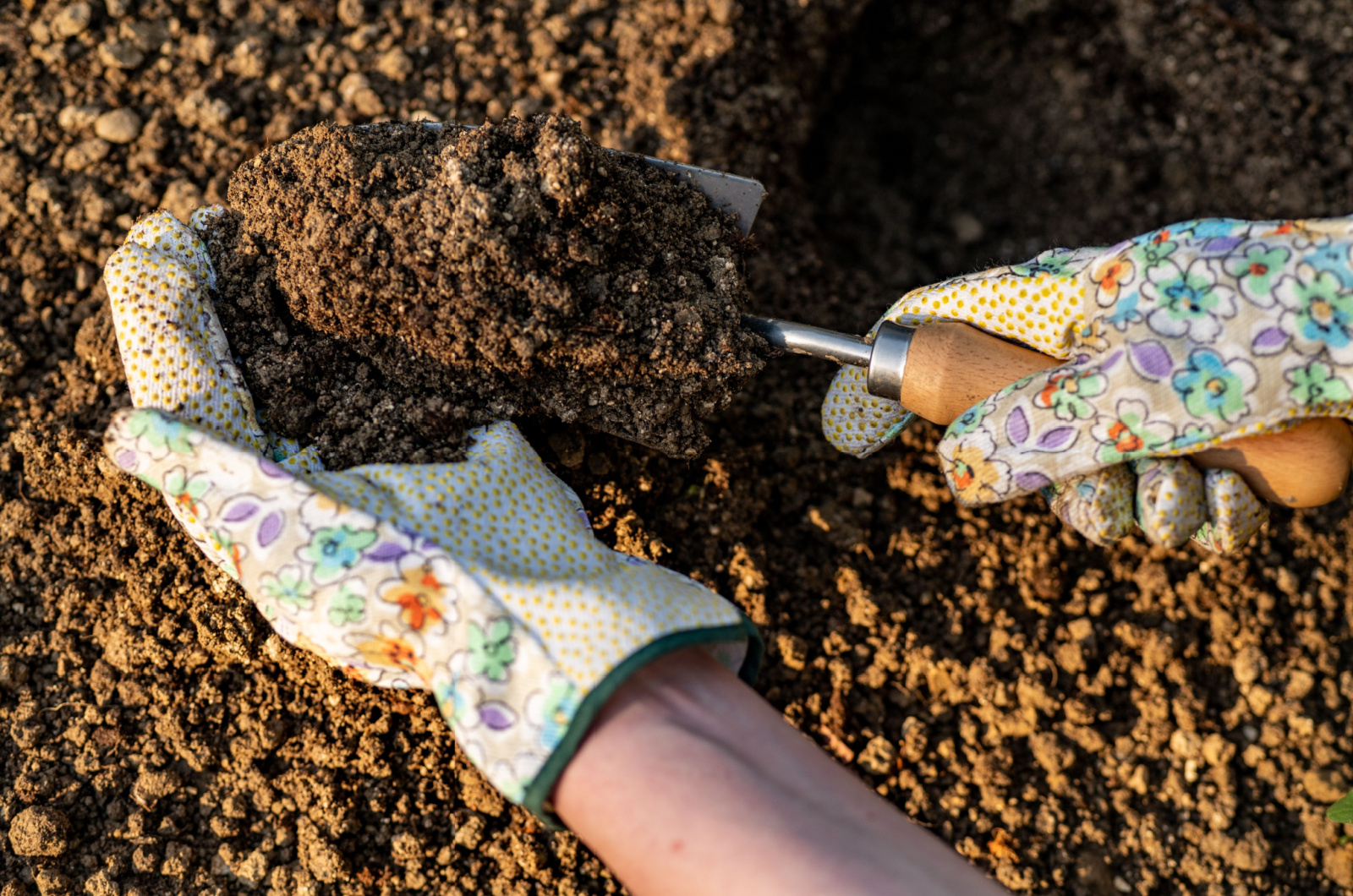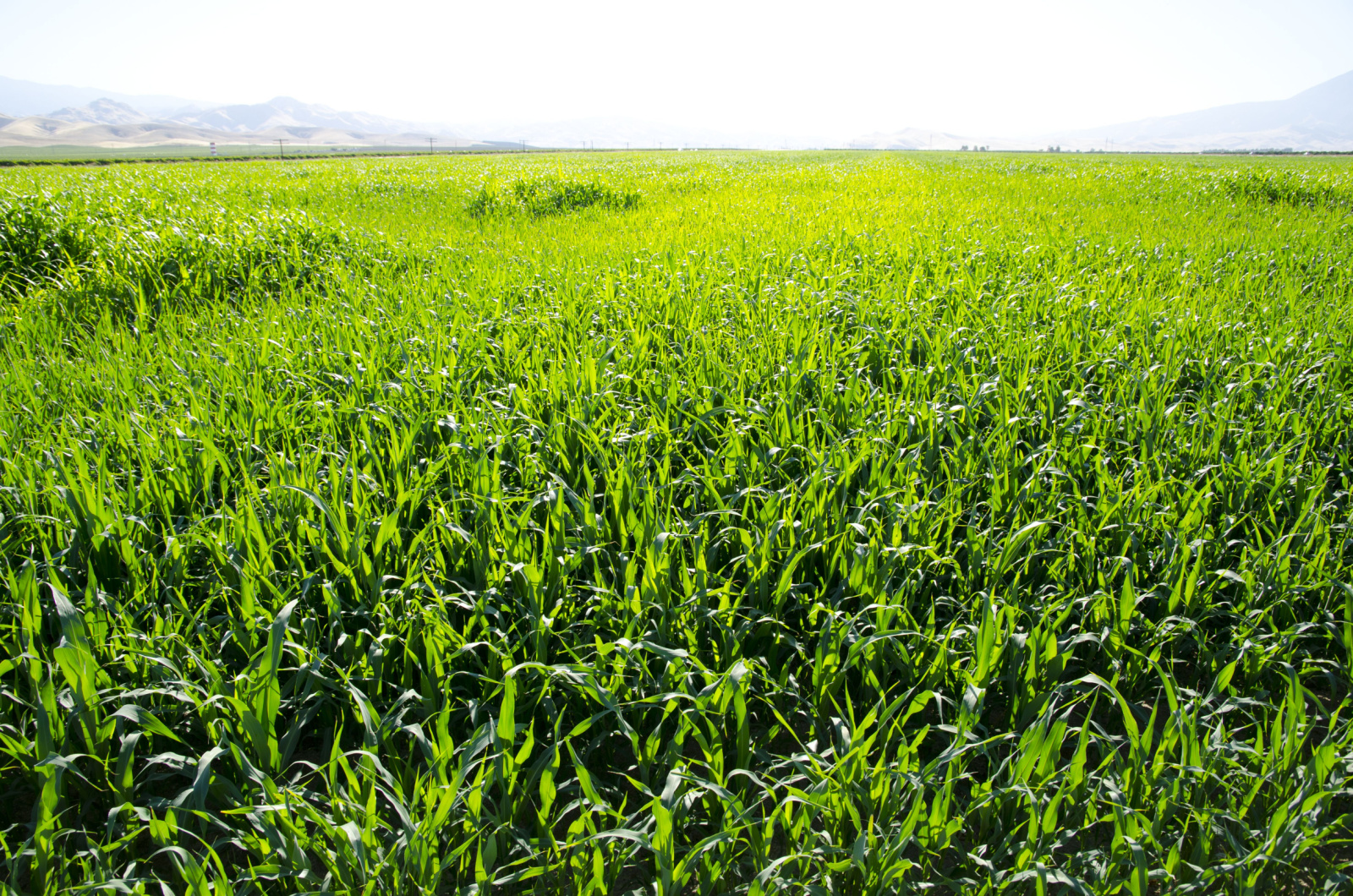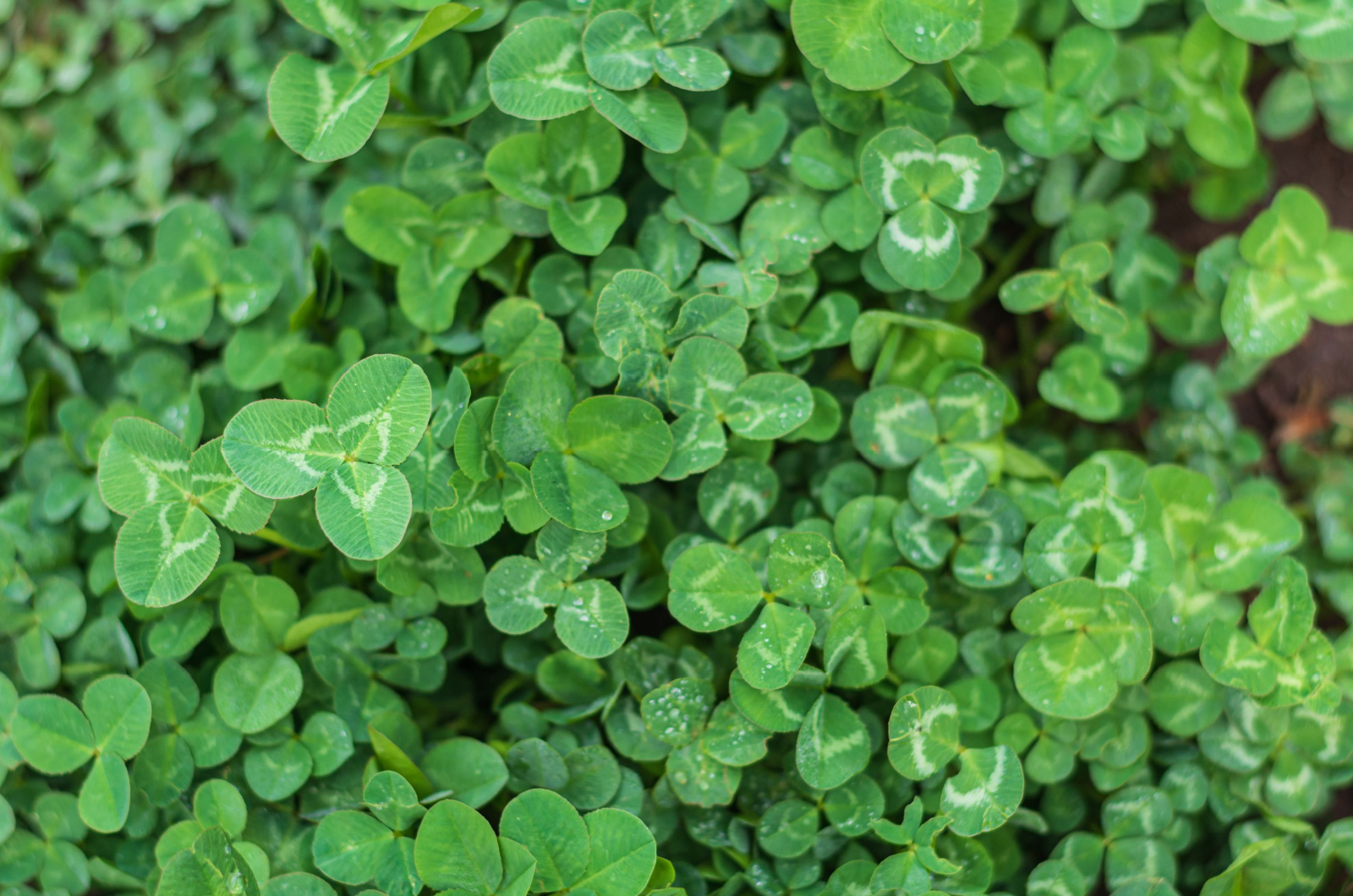We’re all aware that healthy food leads to a healthy body. But the food needs the best soil conditions to keep its nutritional value.
The modern world has by far the best food supply chain but it takes a lot for some food to get from the soil to our refrigerators.
Many people claim that the soil is ‘dirty,’ which affects the food quality, but believe it or not, it’s not dirty but exhausted. And instead of focusing on the criticism, we should be mainly concerned with the question of how to fix exhausted soil.
In this article, I’ll give you the answer to this question and some potential issues.
Let’s get started!
The Problem And Solution
First things first, we can’t refer to the soil as dirty or dead. Remember, this is a living natural resource and it contains elements essential for life on Earth. (1)
These elements include numerous bacteria, threads of mycelium, microbes, and fungi.
When observing modern agricultural practices, it’s not hard to conclude that they have affected soil health, which according to studies, leads to the erosion of 4.63 tons of cropland per acre every year. (2) Additionally, many essential nutrients leach out from the soil.
So, it’s exhausted and that’s exactly what leads to poor yields, fallow land, and decreased food quality.
But guess what? The solution is so simple: we should plant more crops! Wait, what? Yes, it seems odd, but this technique will actually aid in replenishing the nutrients in the soil. The process is referred to as regenerative agriculture.
Basically, all we need to do is grow crops off-season; they won’t bring any profit but will add more organic materials to the soil. We should see this as completing the circle of life.
These cover crops will improve soil structure and increase infiltration. Snowmelt or rainfalls won’t affect the soil as much as they used to, which will result in decreased erosion.
Additionally, they’ll act as weed suppressors, boost nitrogen levels in the soil, and enhance soil biodiversity.
Cover crops have high adaptability so they’ll grow well in almost all climates. We’ll get the best results if we combine this practice with adding compost and reducing tillage.
If you’re a gardener then I’m sure you know that these techniques can also help you improve garden soil.
Restrictions
So, why don’t we just plant more cover crops? As always, the first issue is money. These plants aren’t free and, according to a recent study, we must spend $37 on crops per acre. The total amount of money may vary depending on the type of plant or location.
However, this gives an opportunity for public policies to encourage farmers to grow cover crops. As a result, the crops will be cheaper for us so we can all contribute to soil improvement and the productivity of agricultural land.
Two political parties from agricultural states support the Conservation Opportunity and Voluntary Environment Resilience (COVER) Act, which took part in the reauthorization of farm bills this year. The last update of the act was in 2018.
Now, the act guarantees a saving of $5 from their bills if they plant cover crops. This wouldn’t be obligatory for the farmers and wouldn’t affect crop insurance.
To all those who think this saving is minimal, remember that the government subsidies enormous amounts of money to agricultural companies and farmers. In 2022, the federal government ensured $15.6 billion for agricultural subsidies.
Believe it or not, this isn’t even much when compared to the $45.6 billion the government ensured in 2020 during the pandemic.
Interestingly, there are currently subsidies for all farmers who decide on planting cover crops but they aren’t as high as those for regular crop production. The choice of farmers is evident! As a result, we have crops even on erosion-prone land.
Do Americans Support The Concept Of Cover Crops?
I believe that everyone is surprised that some political parties support planting cover crops. But what do the farmers say?
The National Wildlife Federation created a poll regarding the concept of cover crops. Surprisingly, it showed that 78% of farmers support the idea.
In the recent Yale report, the cover crop concept was the most popular among 20 other practices regarding the mitigation of climate change.
Well, Americans are obviously aware of the importance of soil quality. Low costs, the protection of natural resources, and fostering a greener plant should encourage us to support the idea of cover crops! I hope lawmakers will hold the same opinion in the future!
References
1. Natural Resources Conservation Service. (2023, July 18). Natural Resources Conservation Service. https://www.nrcs.usda.gov/conservation-basics/natural-resource-concerns/soils/soil-health
2. Building Back Better—From the ground up. (2021, April 19). https://www.nrdc.org/bio/arohi-sharma/building-back-better-ground




